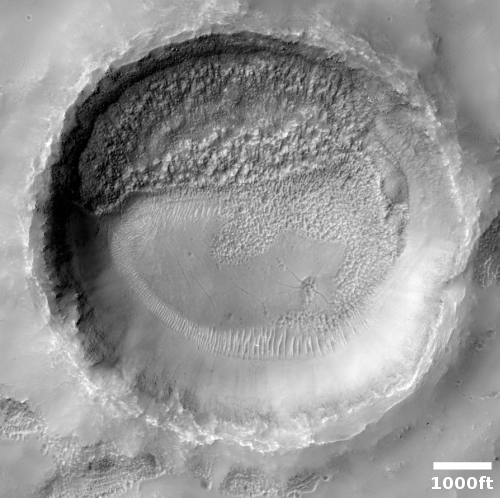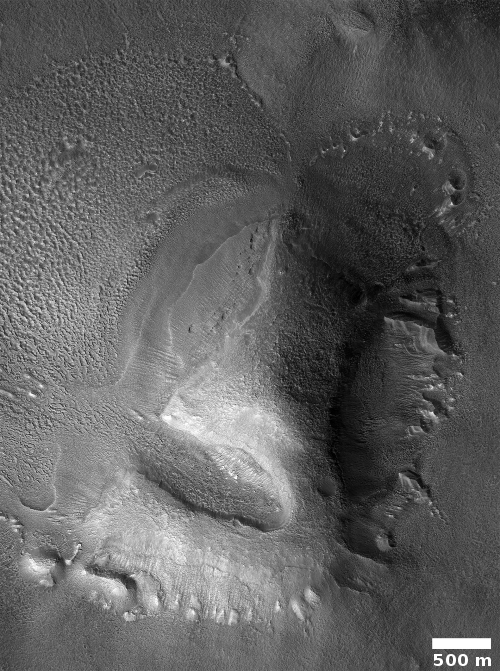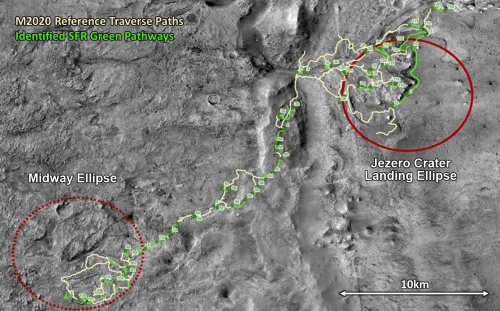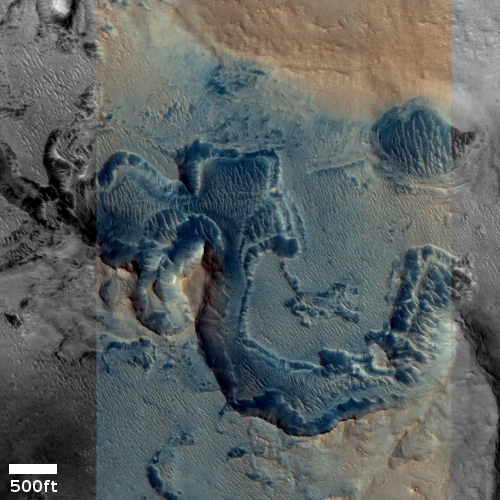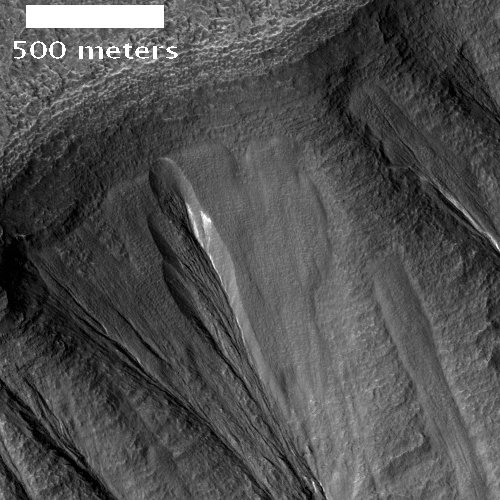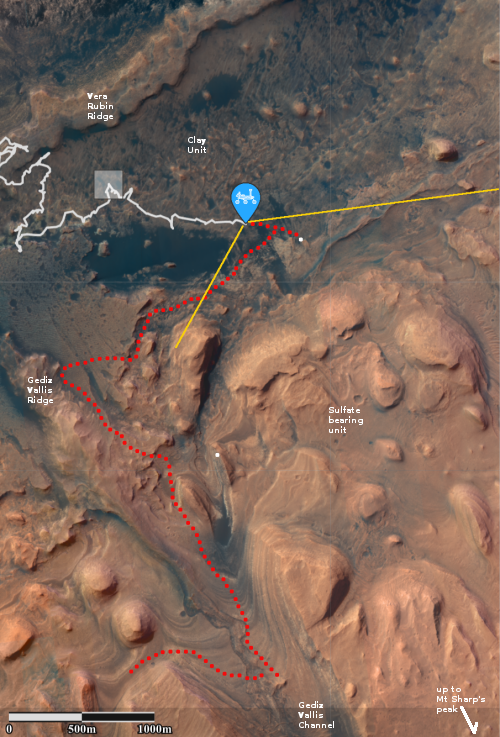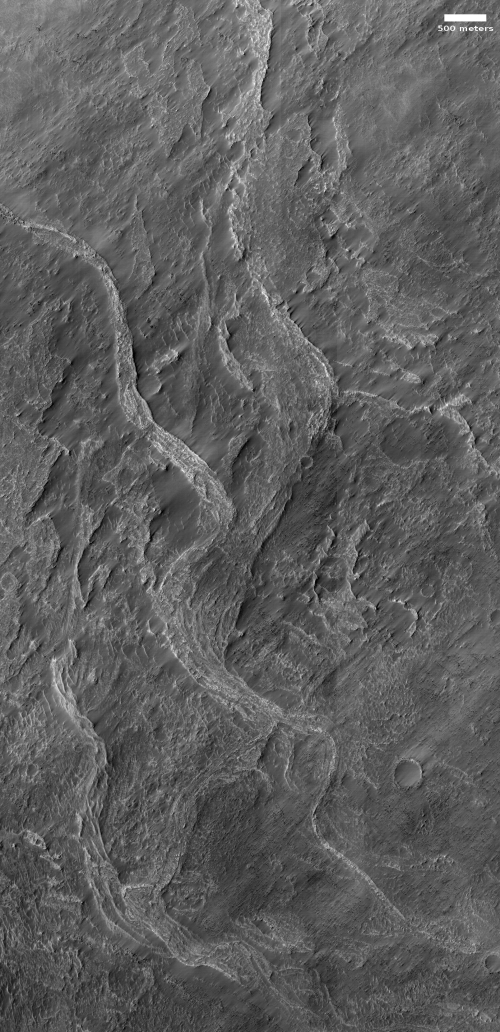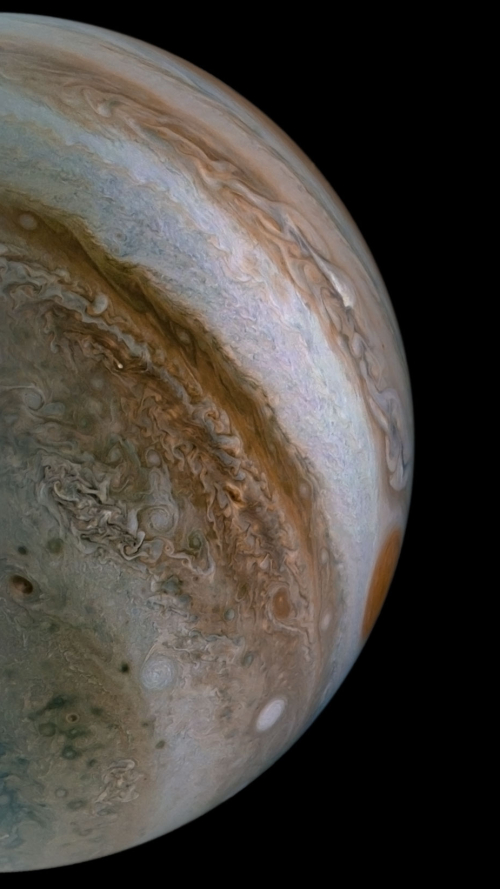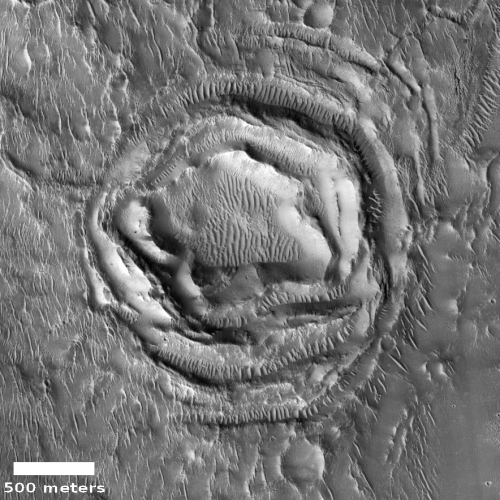Roscosmos head: Russia to launch 29 rockets in ’21
Dmitry Rogozin, the head of Russia’s space agency Roscosmos, announced yesterday that they expect to complete 29 launches in 2021.
These numbers include all Russia’s launches, including the ones done for Arianespace in French Guiana. In my regular launch updates I don’t count those as Russian launches, as they are run and controlled by Arianespace, under Arianespace contracts.
Nonetheless, there should be an increase in the number of Russian launches in ’21, as they should resume OneWeb launches that were halted last year due to that company going into bankruptcy and then recovering. That bankruptcy meant that Russia’s total launches last year were less than half what they predicted.
The increase in ’21 does not mean Russia will successfully complete 29 launches. Rogozin and Roscosmos have for years routinely overstated their goals, and I think they are doing so again. I expect Russia to complete around 20-25 launches by the end of the year. If they top 25 it would make ’21 their best year since ’15.
Dmitry Rogozin, the head of Russia’s space agency Roscosmos, announced yesterday that they expect to complete 29 launches in 2021.
These numbers include all Russia’s launches, including the ones done for Arianespace in French Guiana. In my regular launch updates I don’t count those as Russian launches, as they are run and controlled by Arianespace, under Arianespace contracts.
Nonetheless, there should be an increase in the number of Russian launches in ’21, as they should resume OneWeb launches that were halted last year due to that company going into bankruptcy and then recovering. That bankruptcy meant that Russia’s total launches last year were less than half what they predicted.
The increase in ’21 does not mean Russia will successfully complete 29 launches. Rogozin and Roscosmos have for years routinely overstated their goals, and I think they are doing so again. I expect Russia to complete around 20-25 launches by the end of the year. If they top 25 it would make ’21 their best year since ’15.

